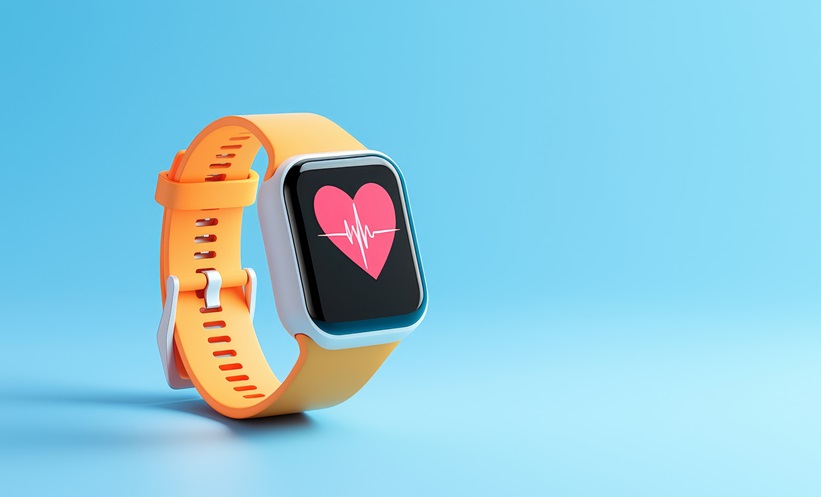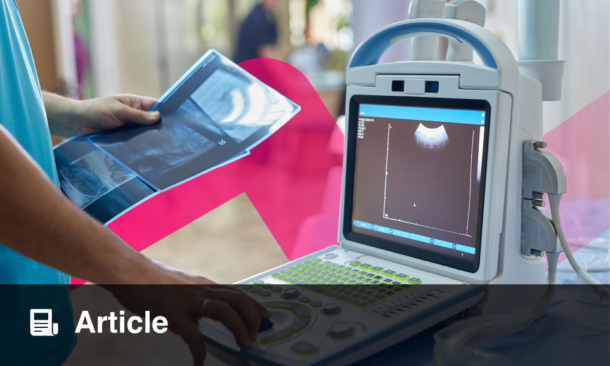DISTINCT patterns in digital biometric data, such as daily activity and heart rate measured by wearables, have been identified in people experiencing long COVID. These trajectories reflect core symptoms and offer promise as digital biomarkers for future clinical assessment and research in postacute sequelae of SARS-CoV-2 infection.
Long COVID, or postacute sequelae of SARS-CoV-2 infection (PASC), has proven challenging to study due to its diverse symptoms and progression. Wearable devices capturing physiological and behavioural biometric measures provide a non-invasive way to track patients over time, holding potential to enhance understanding and management of the condition.
A secondary analysis of the STOP-PASC randomised clinical trial at Stanford University examined biometric data from 50 participants (mean age 42.7 years, 58% female) who wore smartwatches continuously for 15 weeks. Participants were assigned nirmatrelvir-ritonavir or placebo in a 2:1 ratio, but no significant differences in biometric changes were found between groups, aligning with patient-reported outcomes from the main trial. Cluster analysis revealed distinct longitudinal patterns, including lower daytime activity correlated with increased fatigue, breathing difficulties, and cardiovascular symptoms, while higher nighttime activity linked to gastrointestinal symptoms. Higher daytime heart rates were associated with less fatigue and shortness of breath compared with those with lower heart rates. These varied biometric profiles track with symptom clusters, underscoring the heterogeneous nature of long COVID.
This approach suggests that wearable-based digital biomarkers could play a key role in the study and management of long COVID, providing tangible measures to monitor symptom severity and progression. Clinicians may eventually use these devices to personalise care, assess treatment response, and better support patients. Future studies should explore larger cohorts and real-world settings to validate digital biometrics as part of routine long COVID care and research, potentially improving diagnosis and outcomes for affected individuals.
Reference
Gunturkun F et al. Digital biometric measures in long COVID: a secondary analysis of the STOP-PASC randomized clinical trial. JAMA Netw Open. 2025;8(8):e2526901.








